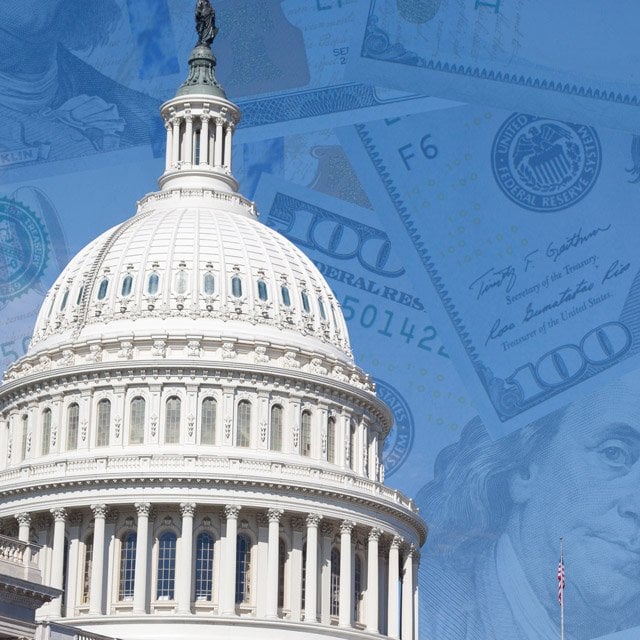How Likely the Government Thinks You Are to Die This Year
Resources
A copy of the life new tables is available here. Correction: The CDC's estimate of the probability of death for people age 60 was given incorrectly in an earlier version of this article. The estimate, based on the 2017 data, is 0.909%. — Read The 5 States Where Death Is Most Unfair, on ThinkAdvisor. — Connect with ThinkAdvisor Life/Health on Facebook, LinkedIn and Twitter.
© 2025 ALM Global, LLC, All Rights Reserved. Request academic re-use from www.copyright.com. All other uses, submit a request to [email protected]. For more information visit Asset & Logo Licensing.
Featured Resources
View All
Sponsored by Illinois Mutual Life Insurance Company
4 Reasons To Sell Simplified Issue Disability Income Insurance (SIDI)

Sponsored by Illinois Mutual Life Insurance Company
Simplified Issue Disability Income Insurance (SIDI): A Smarter Way to Sell and Protect







